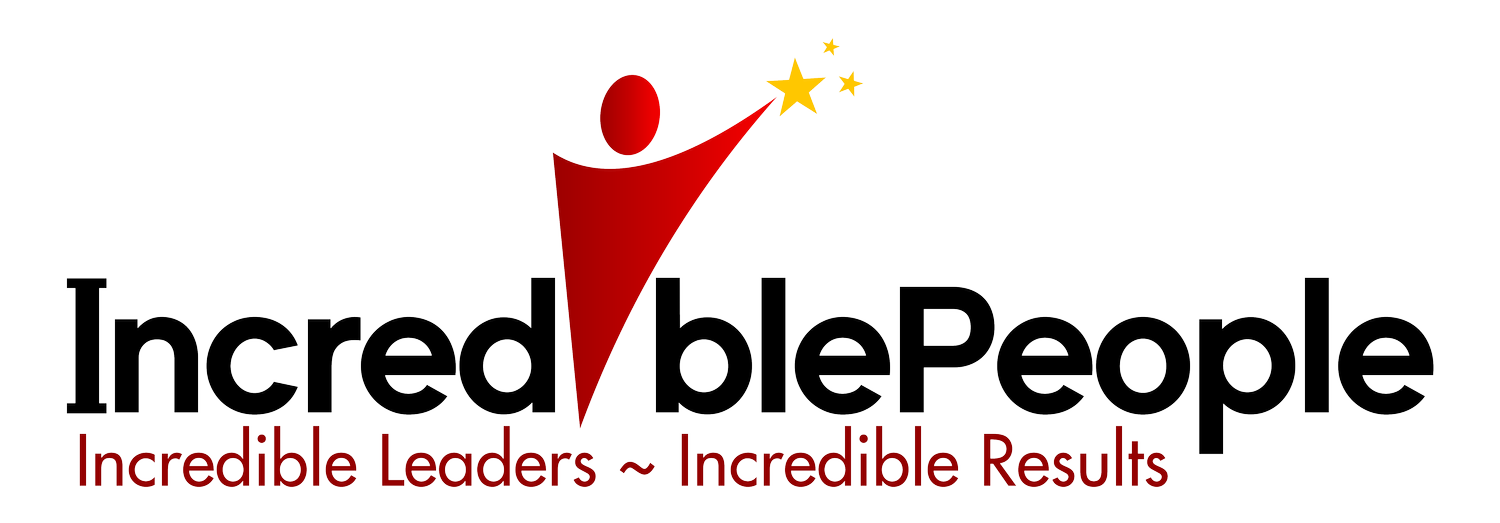Strategic Onboarding: Getting Traction Quickly
Onboarding plays a crucial role in the success of new hires, yet too often it becomes a tedious process that slows down teams and drains valuable time.
What if onboarding could be transformed into a streamlined, strategic tool?
One that accelerates productivity, builds confidence, and unlocks potential right from day one?
By adopting a smarter, intentional approach to onboarding, you can set your team up for success without sacrificing your own momentum or that of your organisation.
Let’s explore how to turn onboarding into a high-performance engine.
The Hidden Costs of Poor Onboarding
A disorganised onboarding process doesn’t just frustrate new hires; it also takes a significant toll on the entire team, which can flow on to the wider organisation.
When the process is poorly managed:
New employees take longer to reach full efficiency, which delays overall productivity.
A lack of clarity and connection lead to higher turnover rates, as employees feel disengaged and unsupported.
Leaders and existing team members often find themselves stretched thin, compensating for the gaps left by an ineffective onboarding system.
If your organisation is experiencing any of these issues, addressing your onboarding strategy will save your organisation time and money - not to mention the impacts of boosting team morale.
Transforming Onboarding into a High-Performance Engine
To turn onboarding into a high-performance engine, organisations must adopt a structured, intentional approach that aims to bring three things - Clarity, Confidence and Connection. Here are some strategies to consider:
Build clarity by discussing the responsibilities of the role and how it contributes to team success. Develop a clear roadmap that outlines key milestones for the first 30, 60, and 90 days - this well-defined plan sets clear expectations, enables new hires to measure their progress, and establishes a solid direction from day one.
Next, focus on building confidence by generating early wins. Assign manageable tasks that not only build confidence but also demonstrate immediate value. These initial achievements foster a sense of accomplishment and help new employees integrate into their roles more quickly, setting the stage for long-term success.
Finally, build connection by organising informal introductions, such as casual team meetings or coffee chats, which can help break the ice and promote camaraderie. A strong, inclusive culture can be nurtured through simple measures such as peer mentorship, where new hires are paired with seasoned team members for guidance and support. Creating opportunities for informal sharing of your organisation’s core values and success stories further deepens connection, making new employees feel like an integral part of the team from day one.
Also, be proactive about connecting the new employee to key people across the organisation that are either impacted by or rely upon their work, or who they will rely on to do their work effectively. Ask them to meet with each person to understand how their roles intersect, what magic happens when they work well together and what breaks when there’s a disconnect. Apart from setting the foundation for important relationships, this is a fantastic way to build a sense of ownership of the role, and a commitment to making a valuable contribution.
Together, these strategies ensure that onboarding is not just a routine procedure, but a dynamic process that accelerates productivity and supports continuous growth across your organisation.
The Role of Leadership
Effective leadership is essential in cultivating a supportive and engaging onboarding experience, without overwhelming managers with extra demands. This cannot be a completely ‘hands off’ experience.
When leaders are actively involved throughout the first 3 months especially - scheduling regular check-ins, making vital introductions, offering thoughtful feedback, and providing ongoing support - they set a powerful example that can positively influence the entire team.
This proactive engagement reinforces the value the new employee brings to your team and a culture of open communication and continuous improvement, ensuring that new hires feel both valued and motivated.
Onboarding shouldn’t slow you down
Don’t let onboarding cycles slow down your organisation. Instead, reframe onboarding as a strategic advantage that sets your team up for long-term success.
Embrace a fresh perspective on onboarding - one that accelerates traction, minimises wasted time, and builds a solid foundation for ongoing achievement.
Start today by rethinking your onboarding practices and implementing changes that transform the process into one of your organisation’s most powerful leadership tools.
For further information, inspiration and practical ideas, click here to watch our recent workshop with Natalie Lincolne.
You’ll learn:
The hidden cost of poor onboarding - and how to fix it fast
How to turn onboarding into a high-performance engine
A structured, intentional approach to unlock new hires' potential from day one
Small leadership actions that drive huge impact
Secrets to building quick connections and creating belonging, without extra workload
How your leadership can set the right tone and influence new hire success from day one
